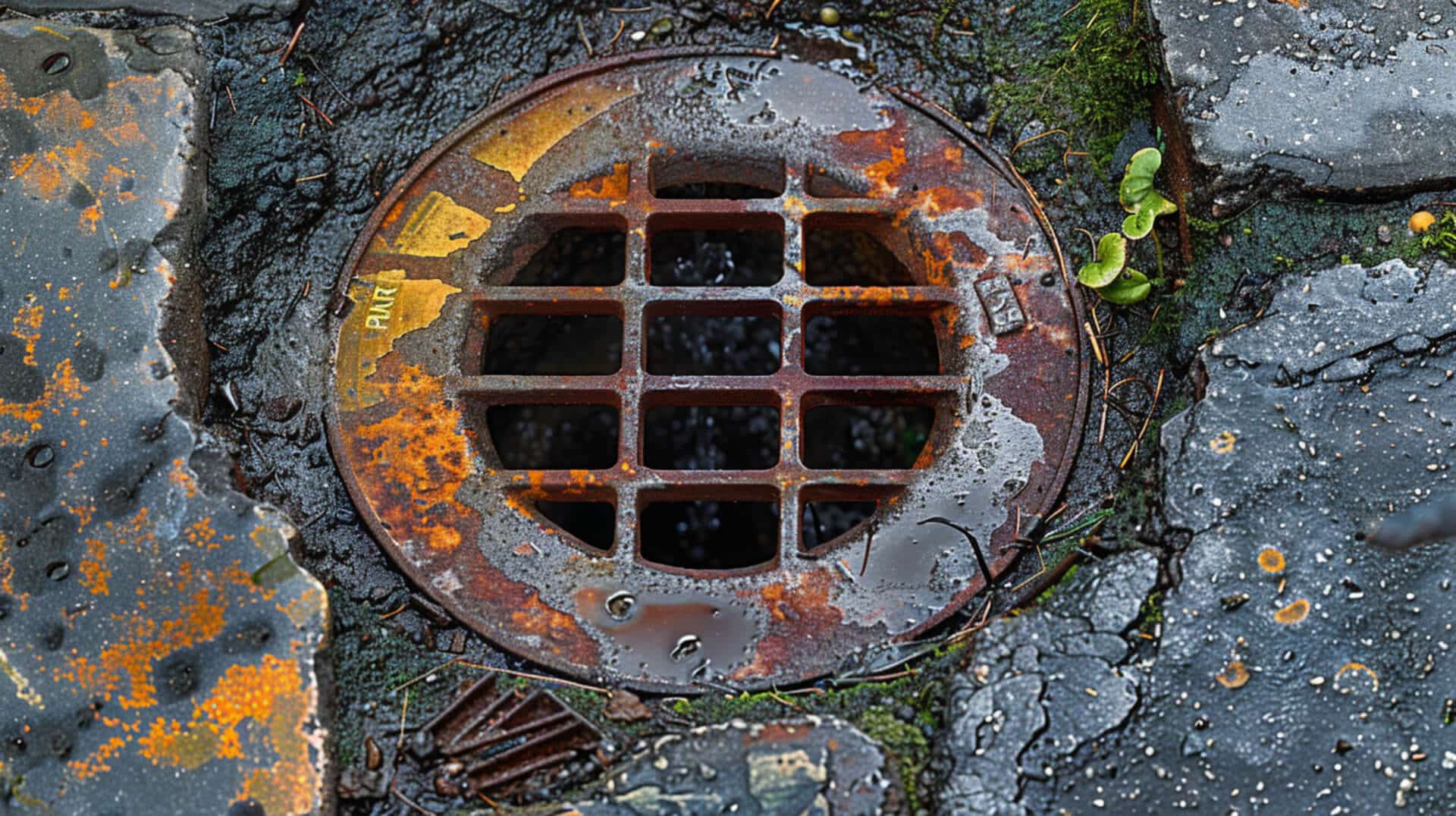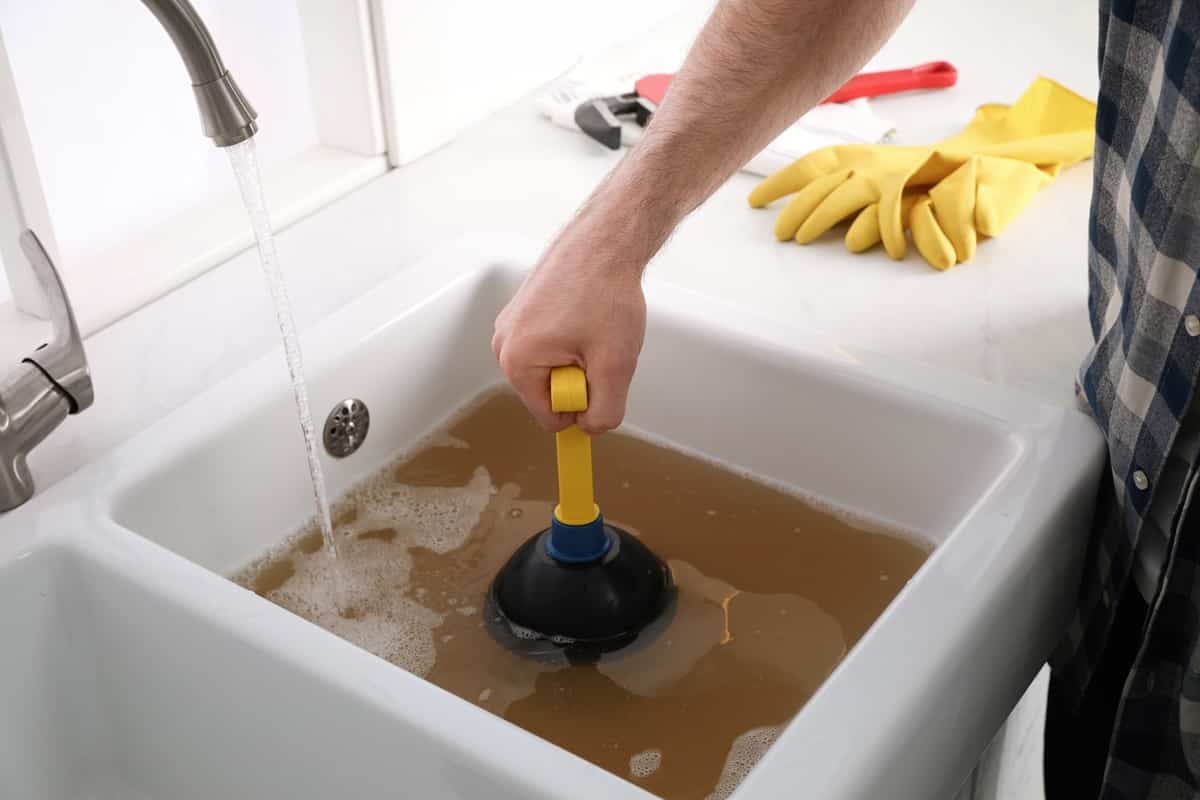 Are Feminine Hygiene Products Blocking Your Drains?
Are Feminine Hygiene Products Blocking Your Drains?
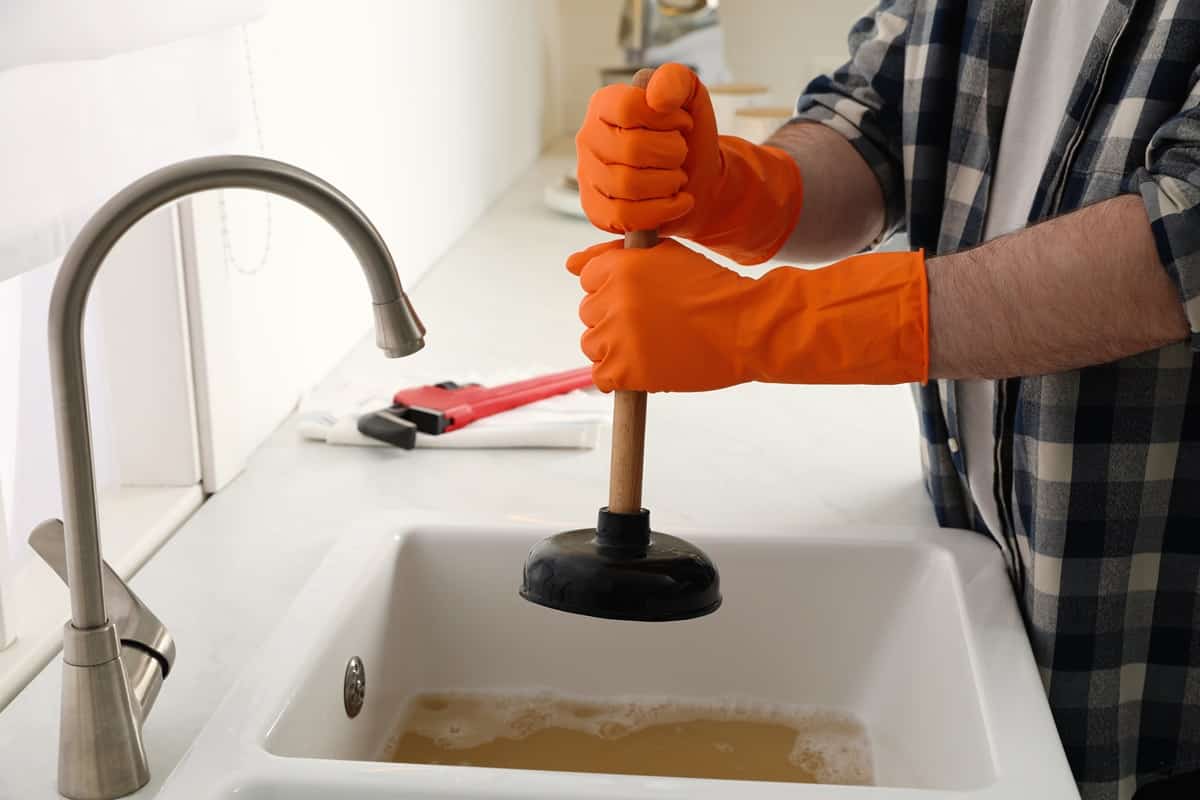
What Are the Common Causes of Blocked Drains?
Blocked drains are a frequent issue in both residential and commercial settings, often leading to inconvenience and potential plumbing problems. Understanding the primary causes of blocked drains is essential for effective prevention and maintenance.
Primary Causes of Blocked Drains
Blocked drains can result from various factors, including:
- Hair and Soap Build-Up: Common in bathroom drains, where hair and soap residue accumulate over time.
- Food Scraps: Kitchen drains often get clogged by food particles and grease.
- Foreign Objects: Items such as toys, wipes, and other non-flushable materials can obstruct pipes.
- Tree Roots: Roots can infiltrate and damage underground pipes.
- Mineral Build-Up: Hard water minerals can accumulate and cause blockages.
- Ageing Pipes: Corrosion and damage in older pipes can lead to obstructions.
Importance of Addressing Blocked Drains Promptly
Promptly addressing blocked drains is crucial to prevent:
- Water Damage: Overflowing water can cause significant damage to property.
- Health Risks: Stagnant water and sewage backups can pose health hazards.
- Costly Repairs: Delayed action can lead to more severe damage and expensive repairs.
Contribution of Feminine Hygiene Products to Drain Blockages
Feminine hygiene products are a significant contributor to blocked drains due to their absorbent and non-biodegradable nature. These products can expand in water and create substantial blockages in plumbing systems.
Guide Coverage
This guide will cover the following aspects related to blocked drains caused by feminine hygiene products:
- Types of Feminine Hygiene Products That Cause Blockages
- Mechanisms of Blockage
- Identifying Blockages
- Preventive Measures
- Immediate Actions for Suspected Blockages
- Tools and Products for Unblocking Drains
- Professional Maintenance and Services
- Environmental Impact
- Educational and Awareness Initiatives
- Challenges and Practical Solutions
Understanding these elements will help property owners, business owners, and facility managers effectively manage and prevent blockages caused by feminine hygiene products.
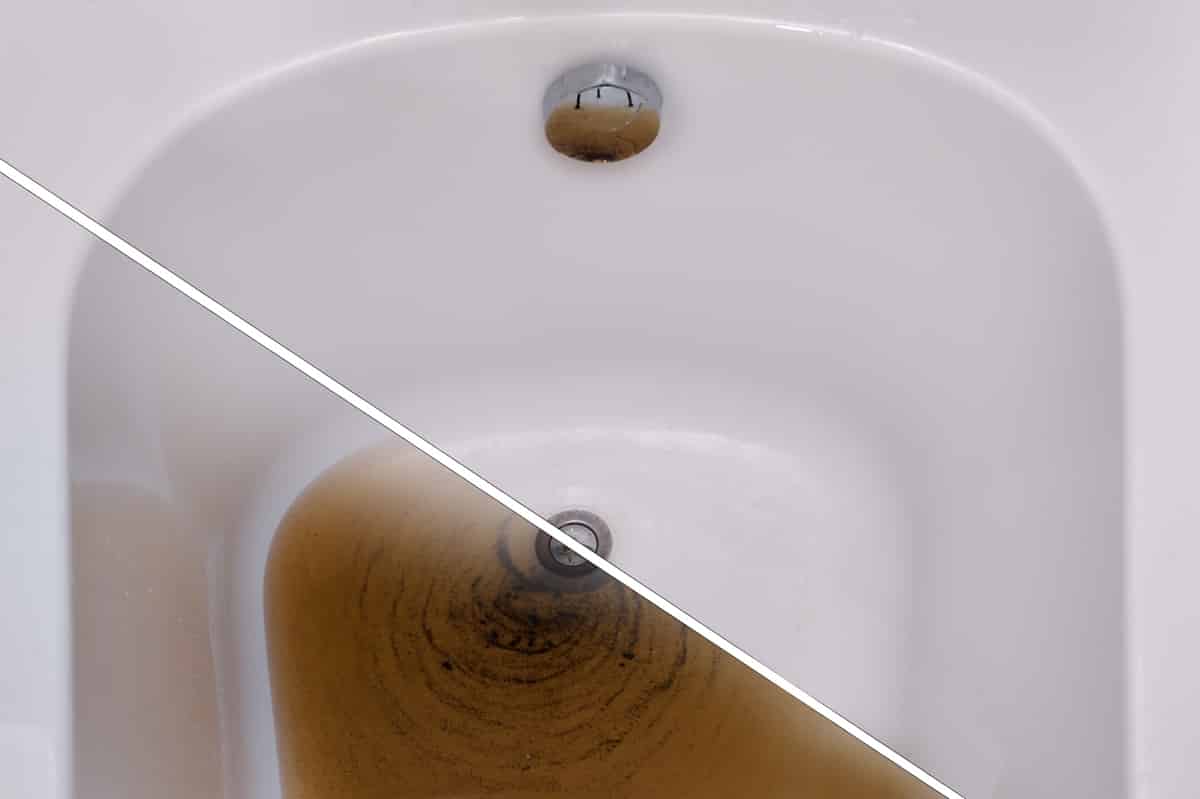
Types of Feminine Hygiene Products That Cause Blockages
Blocked drains are a common issue in many households and businesses. Feminine hygiene products are a significant contributor to this problem. Understanding which products cause blockages and why can help in preventing these issues.
Commonly Flushed Feminine Hygiene Products
Several types of feminine hygiene products are often flushed down toilets, leading to blockages. These include:
- Tampons
- Sanitary Pads
- Panty Liners
- Feminine Wipes
How Tampons, Sanitary Pads, and Panty Liners Cause Blockages
Tampons: Tampons are designed to absorb menstrual fluid, which causes them to expand significantly when wet. This expansion can lead to blockages in pipes, especially if multiple tampons are flushed over time.
Sanitary Pads and Panty Liners: These products contain absorbent materials that swell when exposed to water. Additionally, the adhesive backing can stick to the sides of pipes, creating a buildup that restricts water flow.
Problems with Feminine Wipes
Feminine Wipes: Unlike toilet paper, feminine wipes are often made from non-biodegradable materials. These wipes do not break down easily in water, leading to clogs in the plumbing system. They can also combine with other debris in the pipes, exacerbating the blockage.
Materials Contributing to Blockages
The materials used in feminine hygiene products play a significant role in causing blockages. These materials include:
- Absorbent Polymers: Found in tampons, pads, and liners, these polymers swell when wet, leading to blockages.
- Non-Biodegradable Fibres: Used in many feminine wipes, these fibres do not break down in water, causing persistent clogs.
- Adhesives: The sticky backing on pads and liners can adhere to pipes, contributing to buildup and blockages.
Understanding the types of feminine hygiene products that cause blockages and the materials they contain can help in adopting better disposal practices and preventing plumbing issues.
Mechanisms of Blockage: How Feminine Hygiene Products Cause Drain Issues
Blocked drains caused by feminine hygiene products are a common issue. Understanding the mechanisms behind these blockages can help in preventing and addressing them effectively.
Expansion of Absorbent Materials
Feminine hygiene products, such as tampons and sanitary pads, contain absorbent materials designed to retain moisture. When these products are flushed, the absorbent materials expand significantly upon contact with water. This expansion can lead to blockages in the pipes, as the swollen materials obstruct the flow of water.
Non-Biodegradable Components
Many feminine hygiene products are made from non-biodegradable materials. These components do not break down easily in water, leading to persistent blockages. Non-biodegradable fibres in products like feminine wipes can accumulate in the plumbing system, creating clogs that are difficult to remove.
Accumulation in Pipes
When feminine hygiene products are flushed, they can accumulate in the pipes over time. This accumulation can create a buildup that restricts water flow. The adhesive backing on sanitary pads and panty liners can also stick to the sides of pipes, exacerbating the blockage.
Impact on the Plumbing System
Blockages caused by feminine hygiene products can have several adverse effects on the plumbing system:
- Reduced Water Flow: The accumulation of these products can significantly reduce the flow of water through the pipes.
- Increased Pressure: Blockages can increase pressure within the plumbing system, potentially leading to pipe damage or leaks.
- Frequent Clogs: Persistent blockages may require frequent maintenance and can lead to recurring plumbing issues.
Understanding these mechanisms can help in adopting better disposal practices and preventing plumbing problems caused by feminine hygiene products.
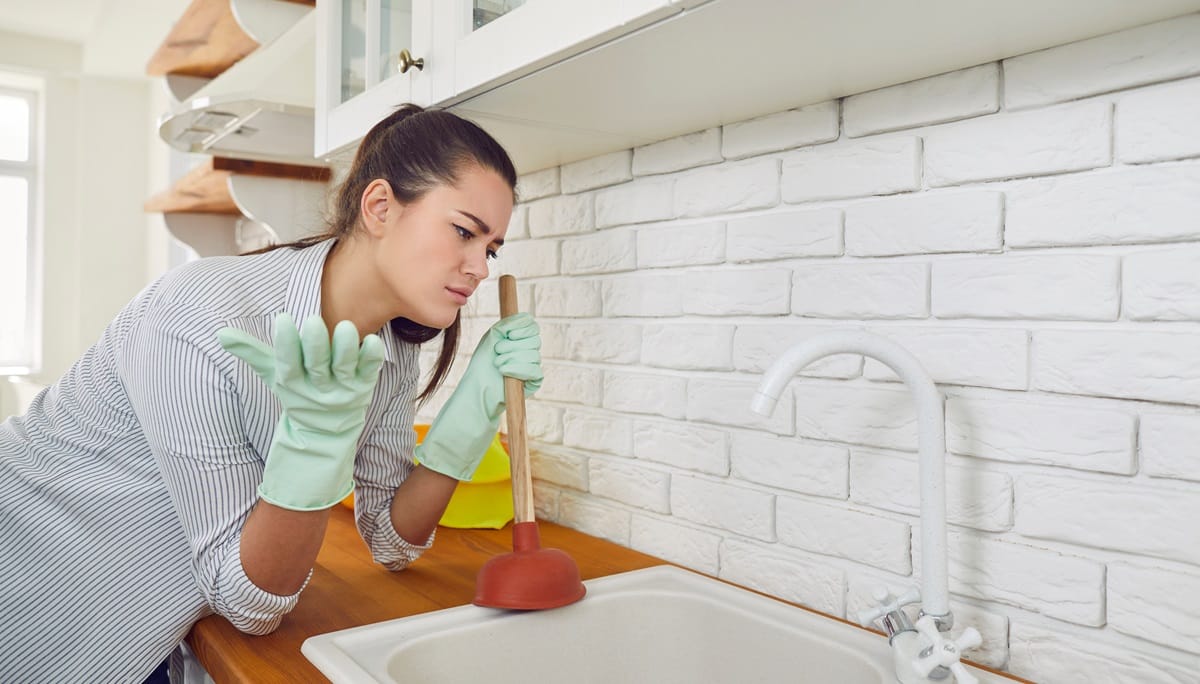
Identifying Blockages Caused by Feminine Hygiene Products
Blocked drains caused by feminine hygiene products can lead to significant plumbing issues. Recognising the signs of such blockages early can help in addressing the problem promptly.
Signs of a Blockage Caused by Feminine Hygiene Products
Several indicators can suggest that a blockage in the plumbing system is due to feminine hygiene products. These signs include:
- Slow Draining Water: Water that drains slowly from sinks, bathtubs, or toilets can indicate a blockage. Feminine hygiene products, such as tampons and sanitary pads, can expand and obstruct the flow of water, leading to slow drainage.
- Gurgling Sounds: Unusual gurgling noises from pipes can signify a blockage. These sounds occur when water struggles to pass through the obstructed pipes, often caused by non-biodegradable materials in feminine hygiene products.
- Foul Odours: Persistent foul smells emanating from drains can be linked to blockages. Feminine hygiene products can trap organic matter, leading to decomposition and unpleasant odours.
Slow Draining Water
Slow draining water is a common symptom of blocked drains. When feminine hygiene products are flushed, they can expand and create a barrier in the pipes. This barrier restricts the flow of water, causing it to drain slowly. Monitoring the drainage speed can help in identifying potential blockages early.
Gurgling Sounds in Pipes
Gurgling sounds in pipes are another indicator of blockages. These sounds occur when air is trapped in the pipes due to an obstruction. Feminine hygiene products, especially those made from non-biodegradable materials, can cause such obstructions. Listening for unusual noises can aid in early detection of blockages.
Foul Odours Linked to Drain Blockages
Foul odours from drains can be a sign of blockages caused by feminine hygiene products. These products can trap organic matter, leading to decomposition and the release of unpleasant smells. Regularly checking for foul odours can help in identifying and addressing blockages promptly.
Recognising these signs can assist in taking timely action to prevent further plumbing issues caused by feminine hygiene products.
Preventive Measures for Avoiding Blockages
Blocked drains caused by feminine hygiene products can be prevented through proper disposal practices and regular maintenance. Implementing these measures can help maintain a functional plumbing system.
Best Practices for Disposing of Feminine Hygiene Products
Proper disposal of feminine hygiene products is crucial in preventing blockages. The following practices are recommended:
- Do Not Flush: Avoid flushing tampons, sanitary pads, panty liners, and feminine wipes down the toilet.
- Use Disposal Bins: Place disposal bins in bathrooms to provide a convenient alternative for disposing of these products.
Use of Disposal Bins in Bathrooms
Disposal bins in bathrooms play a significant role in preventing blockages. They offer a designated place for feminine hygiene products, reducing the likelihood of these items being flushed. Ensure that disposal bins are:
- Easily Accessible: Place bins within reach to encourage proper use.
- Clearly Marked: Label bins to indicate their intended use for feminine hygiene products.
Importance of Educational Signage in Restrooms
Educational signage in restrooms can raise awareness about proper disposal practices. Effective signage should:
- Provide Clear Instructions: Explain what items should not be flushed and where to dispose of them.
- Highlight Consequences: Inform users about the potential plumbing issues caused by flushing feminine hygiene products.
Role of Regular Maintenance and Inspections
Regular maintenance and inspections are essential in preventing blockages. These practices include:
- Routine Inspections: Schedule regular checks of the plumbing system to identify and address potential issues early.
- Preventive Cleaning: Perform periodic cleaning of drains and pipes to remove any buildup that could lead to blockages.
By following these preventive measures, property owners, business owners, and facility managers can reduce the risk of blocked drains caused by feminine hygiene products.
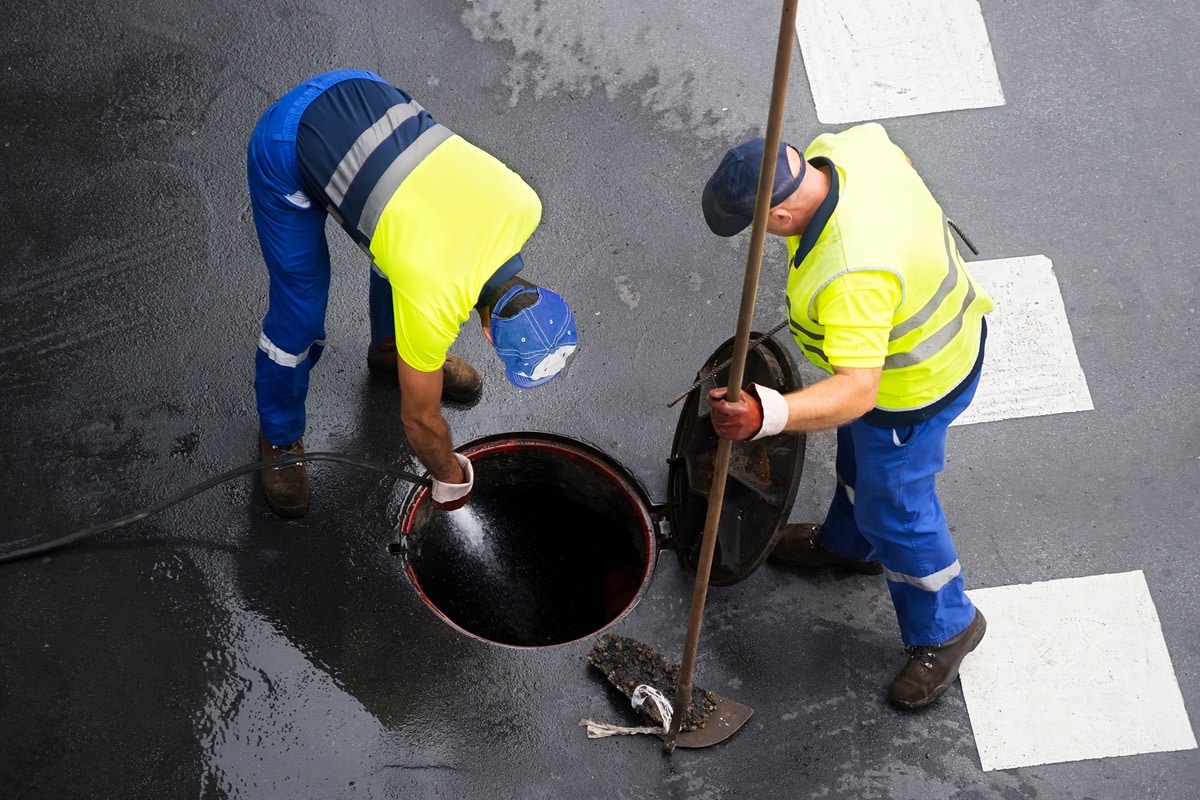
Immediate Actions to Take When a Blockage is Suspected
Blocked drains caused by feminine hygiene products can lead to significant plumbing issues. Taking immediate action when a blockage is suspected can prevent further complications.
Initial Steps to Address a Suspected Blockage
When a blockage is suspected, the following steps should be taken:
- Stop Flushing: Avoid flushing the toilet further to prevent exacerbating the blockage.
- Assess the Situation: Identify the signs of blockage, such as slow draining water, gurgling sounds, or foul odours.
Using a Plunger for Minor Blockages
A plunger can be an effective tool for addressing minor blockages. To use a plunger effectively:
- Position the Plunger: Place the plunger over the drain opening, ensuring a tight seal.
- Apply Pressure: Push down and pull up on the plunger handle to create suction and pressure.
- Repeat: Continue plunging until the blockage is dislodged and water flows freely.
When to Contact a Professional Plumber
In some cases, professional assistance may be required. Contact a professional plumber if:
- Persistent Blockage: The blockage does not clear after using a plunger.
- Severe Symptoms: There are severe symptoms such as overflowing water or multiple affected drains.
- Recurring Issues: Blockages occur frequently, indicating a deeper issue within the plumbing system.
Actions to Avoid
To prevent worsening the blockage, avoid the following actions:
- Using Chemical Drain Cleaners: These can damage pipes and may not be effective against blockages caused by feminine hygiene products.
- Flushing More Items: Do not flush additional items down the toilet, as this can exacerbate the blockage.
- Ignoring the Problem: Delaying action can lead to more severe plumbing issues and potential damage.
By following these immediate actions, property owners, business owners, and facility managers can address blockages caused by feminine hygiene products effectively and prevent further complications.
Tools and Products for Unblocking Drains
Blocked drains caused by feminine hygiene products can be challenging to clear. Using the right tools and products can help address these blockages effectively.
Types of Plungers for Different Blockages
Plungers are a common tool for unblocking drains. Different types of plungers are suited for various blockages:
- Cup Plungers: Ideal for sinks and bathtubs. The flat cup creates a seal over the drain, allowing for effective suction.
- Flange Plungers: Designed for toilets. The extended flange fits into the toilet drain, providing a better seal and more powerful plunging action.
How Drain Snakes Work to Clear Blockages
Drain snakes, also known as augers, are effective for clearing blockages deep within pipes. They work by:
- Inserting the Snake: The flexible coil is inserted into the drain until it reaches the blockage.
- Rotating the Handle: The handle is turned to break up or hook onto the blockage.
- Removing the Blockage: The blockage is either pulled out or broken up, allowing water to flow freely.
Benefits of Using Commercial Waste Unblockers
Commercial waste unblockers are chemical solutions designed to dissolve blockages. Their benefits include:
- Effectiveness: They can dissolve organic materials and break down blockages caused by feminine hygiene products.
- Ease of Use: Simply pour the solution into the drain and wait for it to work.
- Speed: They often work quickly, providing a fast solution to blockages.
Using Handheld Jet Pumps for Tougher Blockages
Handheld jet pumps use high-pressure water to clear blockages. They are effective for tougher blockages and work by:
- Inserting the Nozzle: The nozzle is inserted into the drain.
- Activating the Pump: The pump is activated, releasing a powerful jet of water.
- Clearing the Blockage: The high-pressure water breaks up and flushes away the blockage.
By using the appropriate tools and products, property owners, business owners, and facility managers can effectively address and prevent blockages caused by feminine hygiene products.
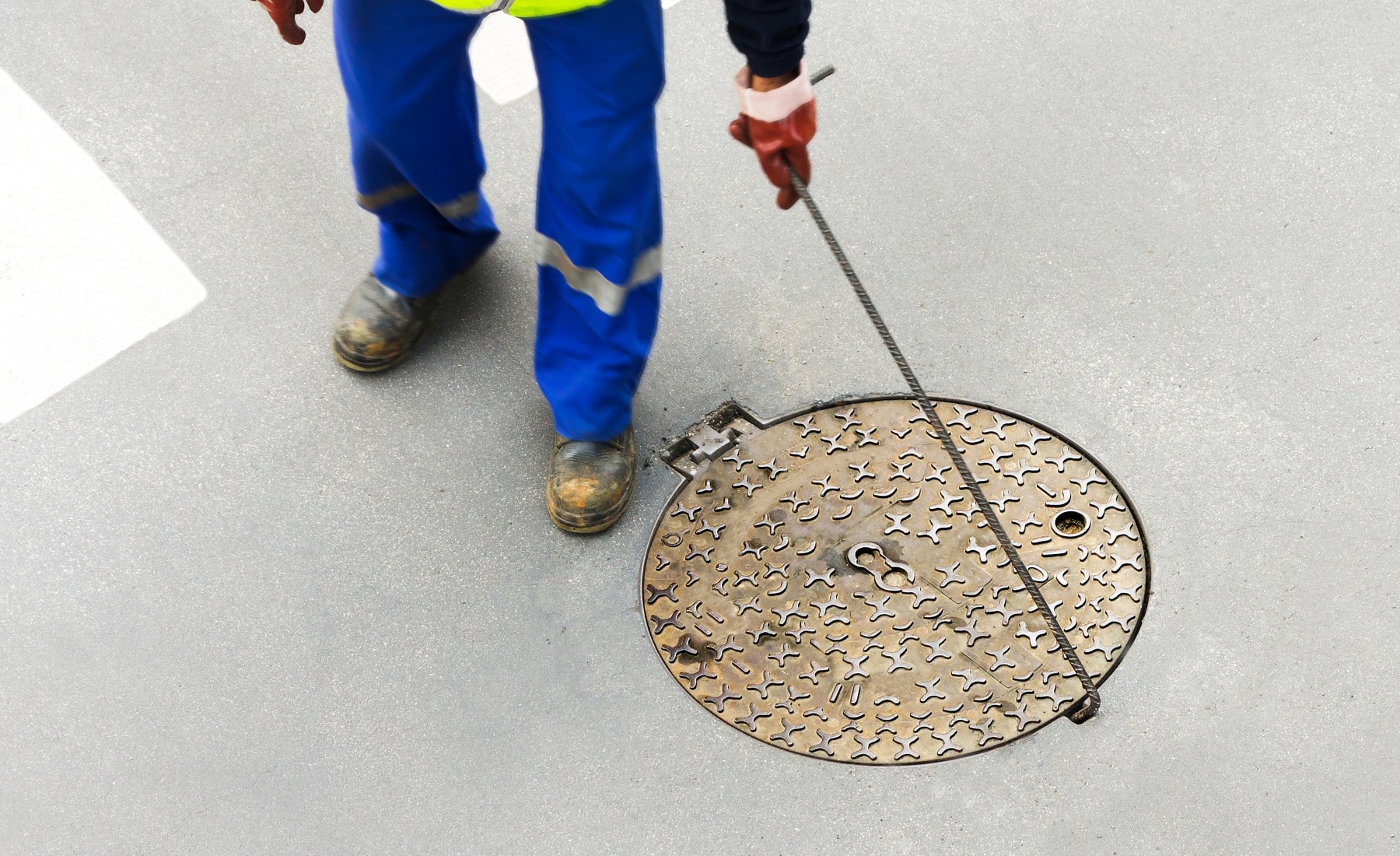
Professional Maintenance and Services
Blocked drains caused by feminine hygiene products can be challenging to manage without professional assistance. Regular maintenance and specialised services can help prevent and address these issues effectively.
Frequency of Professional Inspections
Scheduling regular professional inspections is crucial for maintaining a functional plumbing system. It is recommended to:
- Conduct Inspections Annually: Annual inspections can help identify potential issues before they become severe.
- Increase Frequency for High-Use Areas: In commercial or high-traffic areas, more frequent inspections may be necessary.
Services Offered by Professional Plumbers
Professional plumbers provide a range of services to address blocked drains. These services include:
- Drain Cleaning: Removing blockages and buildup from pipes.
- Pipe Repair and Replacement: Fixing damaged pipes that may contribute to blockages.
- Emergency Services: Providing immediate assistance for severe blockages.
High-Pressure Water Jetting
High-pressure water jetting is an effective method for clearing blockages. This technique involves:
- Using High-Pressure Water: A powerful jet of water is directed into the pipes to break up and flush away blockages.
- Clearing Tough Blockages: This method is particularly effective for removing stubborn blockages caused by non-biodegradable materials.
Role of CCTV Drain Surveys
CCTV drain surveys are essential for identifying and diagnosing issues within the plumbing system. These surveys involve:
- Inserting a Camera into the Pipes: A small camera is inserted into the drain to provide a visual inspection of the interior.
- Identifying Blockages and Damage: The camera footage helps locate blockages, cracks, and other issues that may not be visible from the surface.
- Providing Accurate Diagnoses: This method allows for precise identification of problems, enabling targeted repairs.
By utilising professional maintenance and services, property owners, business owners, and facility managers can effectively manage and prevent blockages caused by feminine hygiene products.
Environmental Impact of Flushing Feminine Hygiene Products
Flushing feminine hygiene products can have significant environmental consequences. Understanding these impacts is crucial for promoting proper disposal practices.
Contribution to Marine Pollution
Flushed feminine hygiene products often end up in water bodies, contributing to marine pollution. These products can:
- Persist in the Environment: Non-biodegradable materials do not break down easily, remaining in the environment for extended periods.
- Harm Marine Life: Marine animals can ingest these products, leading to injury or death.
Impact on Sewage Treatment Systems
Non-biodegradable waste from feminine hygiene products poses challenges for sewage treatment systems. These impacts include:
- Clogging and Damage: The materials can clog machinery and pipes, leading to costly repairs and maintenance.
- Reduced Efficiency: Blockages can reduce the efficiency of sewage treatment processes, affecting overall system performance.
Effects of Plastic Waste on the Environment
Plastic waste from feminine hygiene products has several adverse effects on the environment:
- Accumulation in Landfills: Non-biodegradable plastics accumulate in landfills, taking up space and potentially leaching harmful chemicals.
- Microplastic Pollution: Over time, these plastics can break down into microplastics, which are difficult to remove from the environment and can enter the food chain.
Long-Term Consequences of Improper Disposal
Improper disposal of feminine hygiene products can lead to long-term environmental consequences:
- Ecosystem Disruption: Persistent waste can disrupt ecosystems, affecting plant and animal life.
- Human Health Risks: Microplastics and chemicals from these products can enter the human food chain, posing health risks.
Understanding the environmental impact of flushing feminine hygiene products highlights the importance of proper disposal practices to protect the environment and public health.
Educational and Awareness Initiatives
Educating tenants, employees, and the public about the proper disposal of feminine hygiene products is essential in preventing blocked drains. Implementing effective awareness initiatives can significantly reduce the occurrence of plumbing issues.
Educating Tenants About Proper Disposal
Property owners can take several steps to educate tenants on proper disposal methods:
- Provide Clear Instructions: Distribute informational materials that explain what items should not be flushed and the correct disposal methods.
- Instal Signage: Place educational signs in bathrooms to remind tenants of proper disposal practices.
- Host Informational Sessions: Organise meetings or workshops to discuss the importance of proper disposal and its impact on the plumbing system.
Promoting the “Bin it, Don’t Flush it” Message
Promoting the “Bin it, don’t flush it” message can help reinforce proper disposal habits:
- Use Visual Aids: Create posters and flyers with clear, visual instructions on what items should be binned rather than flushed.
- Leverage Social Media: Share educational content on social media platforms to reach a broader audience.
- Collaborate with Local Organisations: Partner with local environmental groups to promote the message and distribute educational materials.
Implementing Awareness Programmes for Employees
Businesses can implement awareness programmes to educate employees about proper disposal practices:
- Conduct Training Sessions: Include information on proper disposal methods in employee training programmes.
- Distribute Educational Materials: Provide brochures or handouts that explain the impact of flushing feminine hygiene products and the correct disposal methods.
- Encourage Participation: Involve employees in creating and promoting awareness campaigns within the workplace.
Resources for Educating the Public
Several resources are available to help educate the public on proper disposal practices:
- Government Websites: Many local government websites offer guidelines and educational materials on waste disposal.
- Environmental Organisations: Non-profit organisations often provide resources and campaigns focused on reducing waste and promoting proper disposal.
- Online Platforms: Utilise online platforms to access and share educational videos, articles, and infographics on the topic.
By implementing these educational and awareness initiatives, property owners, business owners, and facility managers can effectively promote proper disposal practices and reduce the incidence of blocked drains caused by feminine hygiene products.
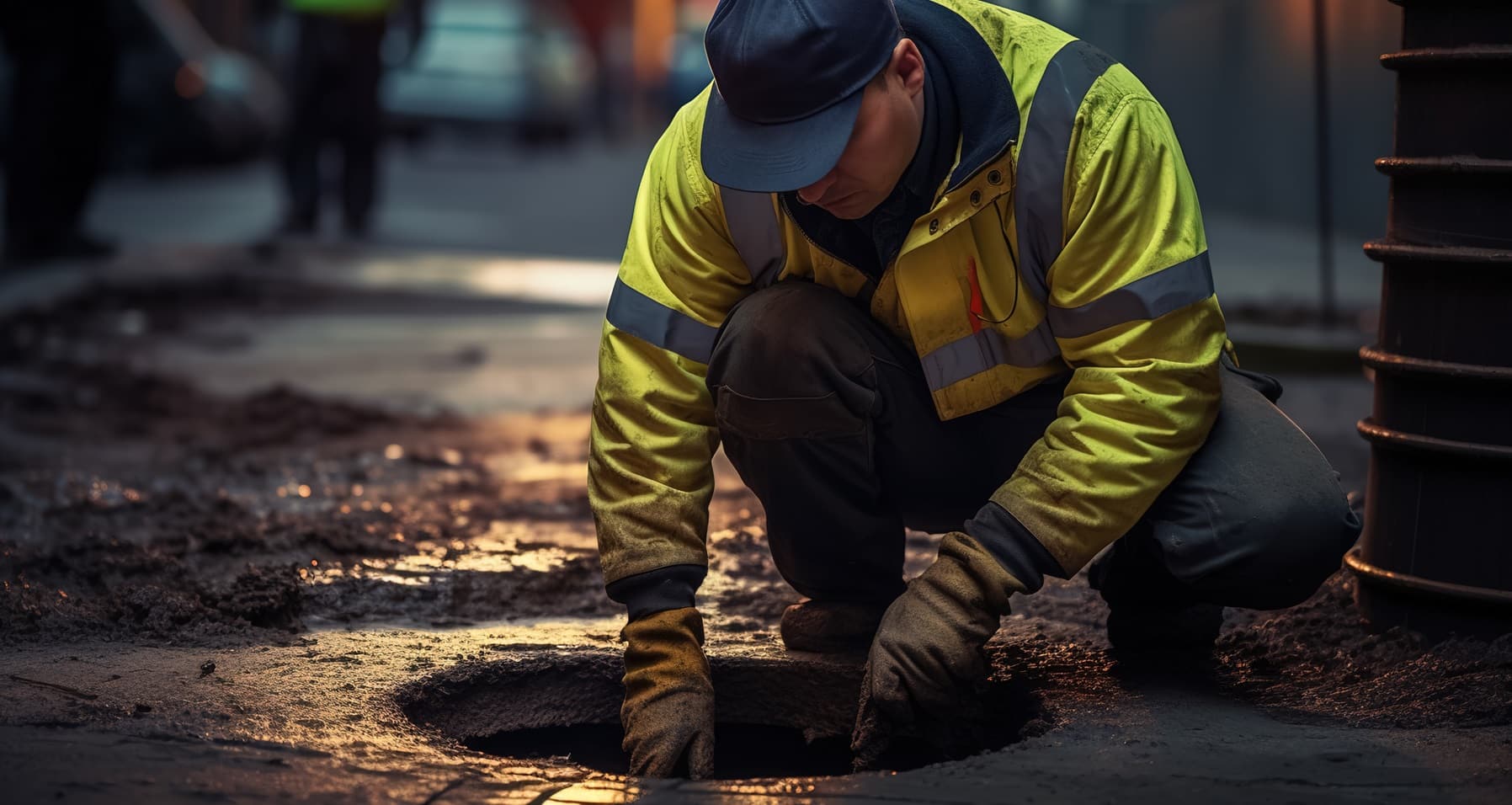
Challenges and Practical Solutions
Blocked drains caused by feminine hygiene products present several challenges. Addressing these challenges requires practical solutions and ongoing education.
Common Challenges in Preventing Blockages
Preventing blockages caused by feminine hygiene products involves overcoming several common challenges:
- Lack of Awareness: Many individuals are unaware that flushing feminine hygiene products can cause blockages.
- Inadequate Disposal Facilities: Bathrooms may lack appropriate disposal bins, leading to improper disposal.
- Resistance to Change: Some individuals may resist changing their disposal habits.
Overcoming Resistance to Proper Disposal Practices
Property managers can take steps to overcome resistance to proper disposal practices:
- Educational Campaigns: Implement educational campaigns to inform tenants and employees about the impact of flushing feminine hygiene products.
- Clear Signage: Place clear and informative signs in bathrooms to remind users of proper disposal methods.
- Incentives: Offer incentives for proper disposal practices, such as recognition or rewards for compliance.
Practical Solutions for Commercial Settings
Implementing practical solutions in commercial settings can help prevent blockages:
- Instal Disposal Bins: Ensure that all bathrooms are equipped with clearly marked disposal bins for feminine hygiene products.
- Regular Maintenance: Schedule regular maintenance and inspections to identify and address potential blockages early.
- Staff Training: Train cleaning and maintenance staff to monitor and manage disposal bins effectively.
Ongoing Education and Reinforcement
Ongoing education and reinforcement are crucial for maintaining proper disposal practices:
- Regular Reminders: Provide regular reminders through newsletters, emails, or meetings to reinforce the importance of proper disposal.
- Workshops and Training: Conduct workshops and training sessions to educate tenants and employees about the environmental and plumbing impacts of improper disposal.
- Feedback Mechanisms: Implement feedback mechanisms to gather input from tenants and employees on how to improve disposal practices.
By addressing these challenges with practical solutions and ongoing education, property managers can effectively prevent blockages caused by feminine hygiene products.
Key Takeaways from This Guide
Blocked drains caused by feminine hygiene products are a common issue that can lead to significant plumbing problems. Understanding the key points from this guide can help in preventing and addressing these blockages effectively.
Importance of Addressing and Preventing Blockages
Addressing and preventing blockages caused by feminine hygiene products is crucial for several reasons:
- Preventing Plumbing Issues: Blockages can lead to slow draining water, gurgling sounds, and foul odours, which can escalate to more severe plumbing problems.
- Environmental Impact: Improper disposal of feminine hygiene products contributes to marine pollution and affects sewage treatment systems.
- Cost Savings: Preventing blockages can save on costly repairs and maintenance.
Ensuring Proper Disposal Practices
Property owners, business owners, and facility managers can ensure proper disposal practices by:
- Providing Disposal Bins: Instal clearly marked disposal bins in bathrooms to encourage proper disposal of feminine hygiene products.
- Educational Signage: Place educational signs in restrooms to inform users about the importance of not flushing these products.
- Regular Maintenance: Schedule regular inspections and maintenance to identify and address potential blockages early.
Steps for Long-Term Maintenance and Prevention
Long-term maintenance and prevention of blockages involve several steps:
- Routine Inspections: Conduct regular inspections of the plumbing system to detect and address issues before they become severe.
- Preventive Cleaning: Perform periodic cleaning of drains and pipes to remove any buildup that could lead to blockages.
- Ongoing Education: Continuously educate tenants, employees, and the public about proper disposal practices and the environmental impact of flushing feminine hygiene products.
By following these key takeaways, property owners, business owners, and facility managers can effectively manage and prevent blockages caused by feminine hygiene products, ensuring a functional and efficient plumbing system.
